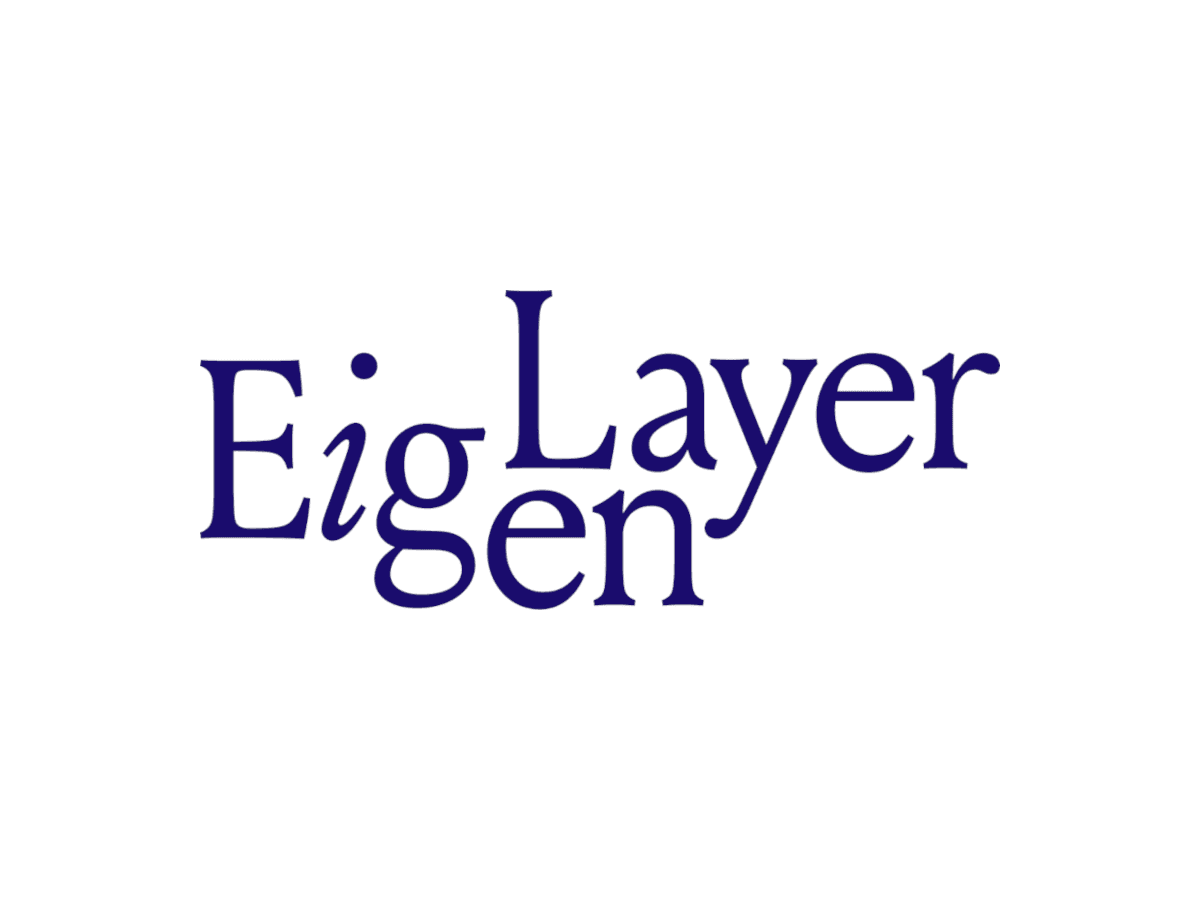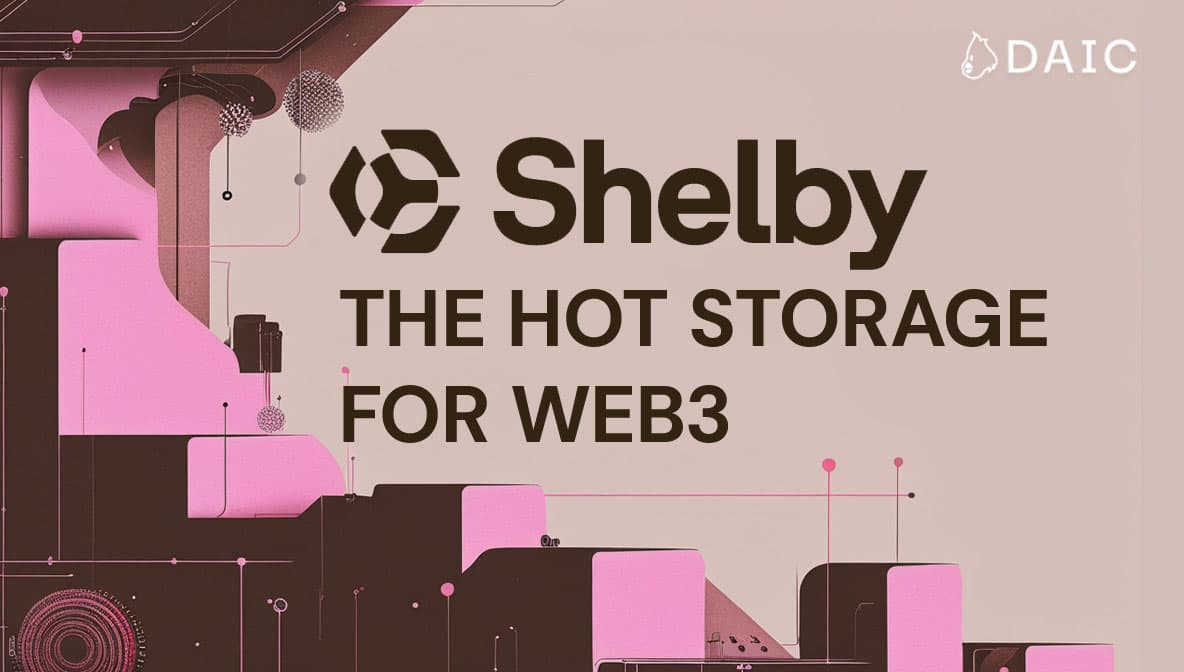Key Takeaways
- EigenLayer Restaking: Ethos uses EigenLayer's restaking to provide enhanced security for Cosmos chains via Ethereum’s validator set.
- Middleware Layer: Acts as a middleware between Cosmos and Ethereum, improving Cosmos chain security.
- Validator Bootstrapping: Ethos simplifies validator set deployment for Cosmos appchains.
- Opt-In Shared Security: Cosmos chains can opt into security provided by restaked ETH.
- Long-Term Growth: Ethos aims for greater adoption by leveraging EigenLayer's pooled security.
Shared Security, EigenLayer and the Ethos Value Proposition
The blockchain trilemma states that it is impossible to build a blockchain that is secure, decentralized, and scalable in a simultaneous manner. So far this has proven extremely challenging, but it seems plausible that this issue could eventually be solved in the coming years.
Nonetheless, many believe that security is the most important aspect of the trilemma because a highly scalable and decentralized chain that has a plethora of security vulnerabilities cannot support a large-scale network for data and value transfer long-term.
Although extremely robust in its own right and arguably the second most secure chain outside of Bitcoin, Ethereum security can be improved.
To help make the Ethereum blockchain more secure, the newly developed EigenLayer protocol recently pioneered a concept called restaking that utilizes a pooled security mechanism by provisioning security-as-a-service to improve the security of numerous protocols, chains, and service providers atop its network.
In many respects, EigenLayer’s pooled security model also represents an interoperability-focused security sharing framework. Recall that the interoperability of independent blockchains has been a longstanding challenge in the blockchain and computing industry for years.
Cross-system and cross-chain interoperability is defined as the ability for different blockchains, protocols, dApps, and system types (think traditional finance or other network types) to communicate and share data and value between one another. This is critically important because it eliminates the existence of various siloed blockchain infrastructure types that are isolated from their peers.
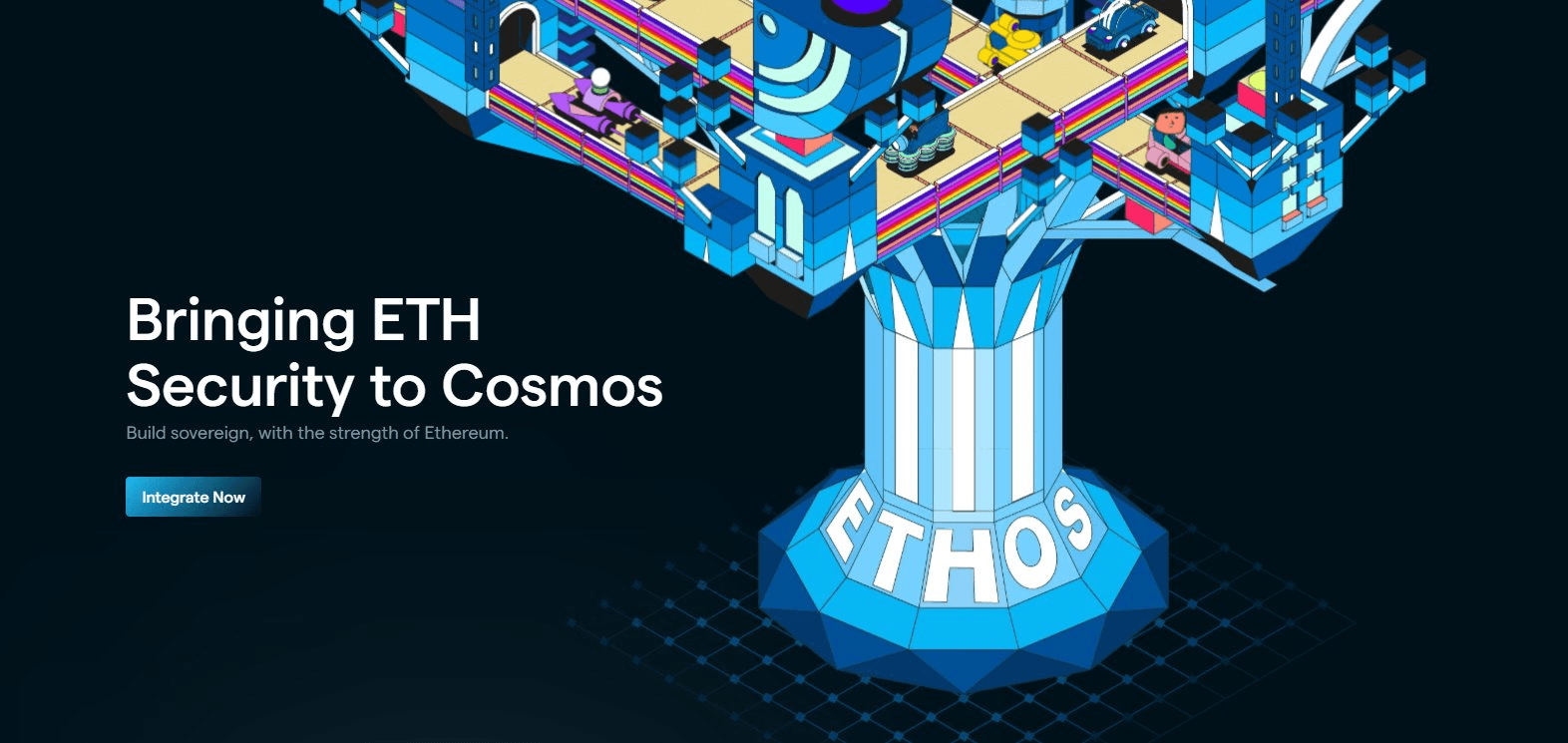
Ethos, EigenLayer, Cosmos and Shared Security
The above explanation brings us to the EigenLayer-enabled convergence of the Cosmos and Ethereum ecosystems. For those unfamiliar, not only does EigenLayer improve the interoperability of numerous chains and service types within the Cosmos and Ethereum ecosystems, it does so in a way that improves security for all involved via an incentivized restaking mechanism.
However, Ethos Stake takes this one step further by offering restaking security sharing guarantees to Cosmos chains. More simply, Ethos compliments EigenLayer and Cosmos chains by acting as a middleware layer between the Cosmos and Ethereum ecosystems as a means to improve chain security for Cosmos-enabled appchains. Therefore, this tri-tiered structure includes three main elements:
- Cosmos appchains: Sovereign Cosmos chains benefit from the economic security of Ethos, Ethereum, and EigenLayer and play a pivotal role in the interconnectivity of the multifaceted relationship.
- Ethos chain: Ethos as an independent Layer 1 blockchain that utilizes ETH operator stake to provision the security of numerous independent Cosmos chains.
- EigenLayer protocol: EigenLayer is a vast interconnected restaking platform and service collective designed to make use of pooled cryptoeconomic security by allowing users to restake ETH within different protocols.
If you’re curious to learn more about EigenLayer, check out our introductory EigenLayer article that explains how the industry-first restaking protocol improves security by supporting a vast service collective of interconnected dApps and protocols.
Challenges with Validator Bootstrapping and the Ethos Solution
For any new startup developing a Proof of Stake (PoS) blockchain, establishing a validator set from scratch can be extremely complicated. Engineers must typically engage with numerous stakeholders to persuade them to hold and stake their new token.
This coordination process can be extremely taxing, typically stifling innovation because it requires developers to spend significant time building various portions of the protocol’s stack instead of concentrating on the platform’s value proposition and specific design parameters.
Ethos is built to eliminate these inefficiencies by lowering the barrier to innovation for all involved. As opposed to spending significant time deploying 100+ validators, PoS developers are able to harness Ethos Guardians (network validators) to bootstrap their very own validator network through a much simpler process.
This eliminates the need for extensive stakeholder management by empowering engineers to concentrate on their core competencies and tailored development practices required by their respective chains, therefore exponentially increasing time to market and innovation.
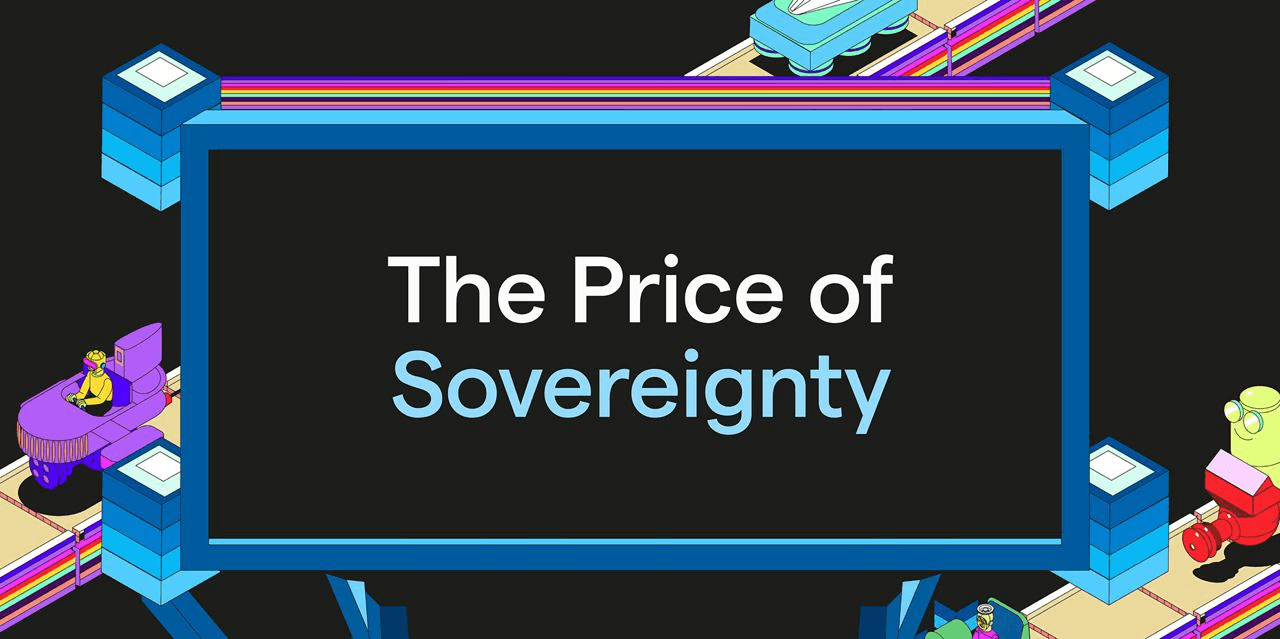
An EigenLayer-Enabled AVS For Cosmos Appchains
Ethos is an Actively Validated Service (AVS) operating on EigenLayer. An AVS is an engineer-developed middleware module that provides various services to both blockchains and dApps as a connectivity bridge between the two.
Examples of AVSs include data availability (DA) layers, sidechains, virtual machines, oracle networks, trusted execution environments (TEEs), secure multi-party computation (MPC) frameworks, consensus protocols, threshold cryptography schemes, keeper networks, bridges, and more.
Ethos Stake is designed as a coordination systemization layer to help Cosmos chains bootstrap their own independent validator sets and improve their network security via the economic security guarantees of restaked ETH through EigenLayer.
To realize this goal, Ethos makes use of several components that work together to realize the overall functionality of the Ethos platform. These include:
- AVS contract: An AVS contract is a specialized smart contract deployed on EigenLayer that allows for the secure delegation of ETH to Ethos Guardians. It should be noted that Ethos itself is considered an AVS.
- Guardian chain: A Cosmos L1 utilizing Guardians (Ethos validators) as an interoperability layer between Ethereum and Cosmos leveraging restaked ETH to co-validate or delegate other Cosmos chains.
- Ethos-powered Cosmos appchains: Blockchains that utilize Guardians as a means to bootstrap a decentralized trust network and/or complement their economic security.
- Operators: Operators are a specialized type of Ethereum validator that utilize EigenLayer to support various AVSs (i.e., by running an AVS contract) such as Ethos and others as a means to improve security on independent chains via ETH restaking.
If you want to learn more about Eigenlayer you should start with our introduction blog post: EigenLayer: A Restaking Protocol and On-Chain Collective
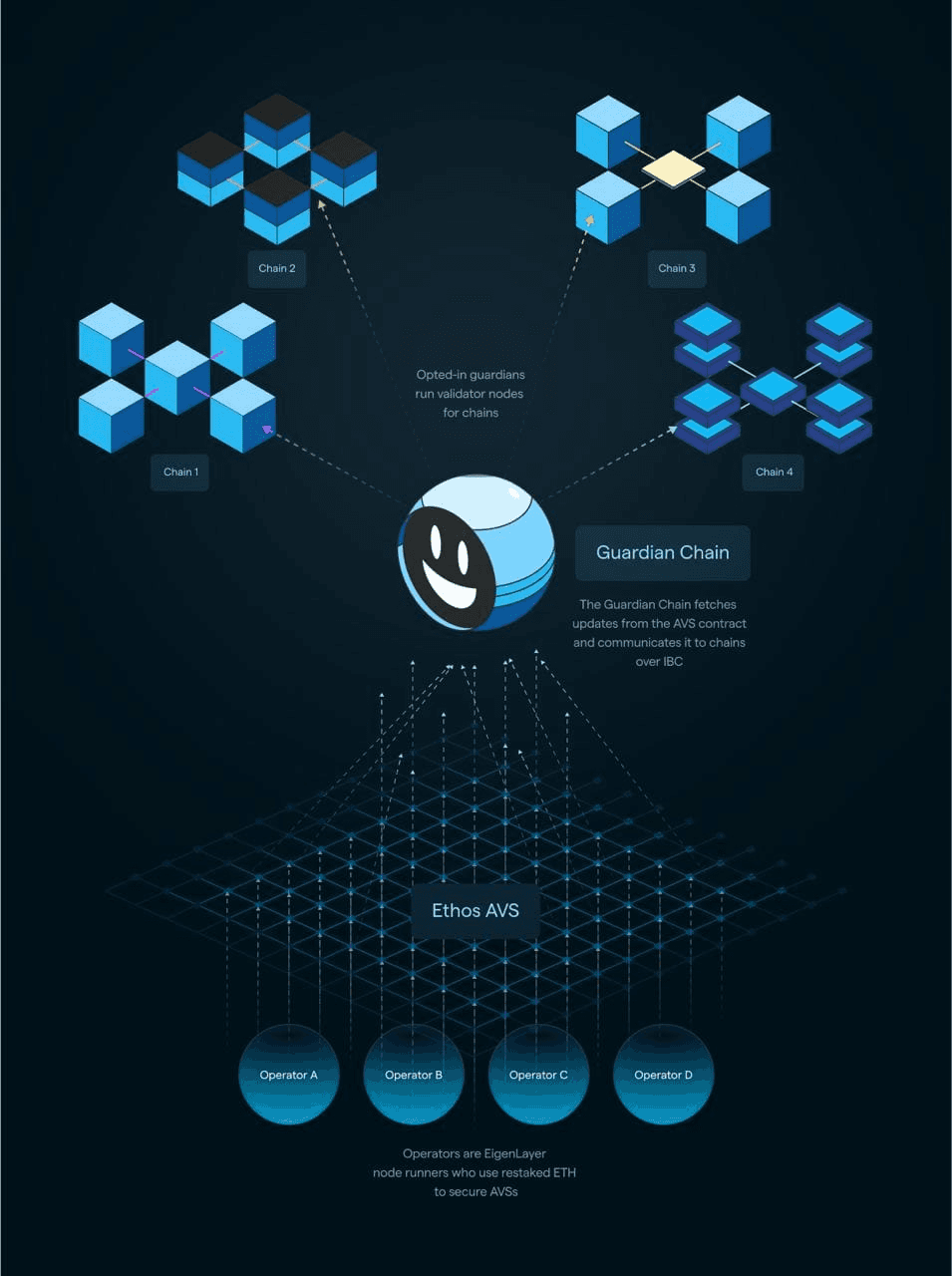
Understanding Guardians and Operators
To improve chain-agnostic security, a specific operator (such as DAIC Capital, Galaxy, Coinbase Cloud, and others) opts in to support an AVS of their choice by allowing stakers to delegate restaked ETH to them, which they in turn allocate their delegated amount to a Guardian.
This ETH is then shared with independent Cosmos chains as a means to bootstrap their chain’s economic security and eliminate the complexities of independent network validator set development.
In Ethos’ case, its service offering is designed as an interoperability layer that compliments the security of sovereign Cosmos blockchains through restaking, while piggybacking validator security from EigenLayer operators. Operators validate and support service-specific middleware systems like Ethos and other AVSs.
In return, Ethos Stake delegates ETH to an operator of their choice whereby the operator allocates the delegated stake to an elected set of Guardian validators who enhance Cosmos ecosystem chains while validating the Guardian chain (the Ethos Layer 1).
Ethos initially launched using a Proof-of-Authority (PoA) consensus mechanism and will eventually transition to Proof of Stake. By using PoA, Ethos elects Guardians based on their identity and/or reputation instead of their staked amount.
Guardian identities are formally vetted by the network itself, enabling the ability to cross-check validator-specific information within the public domain. Additionally, Guardians are responsible for securing the Ethos chain and validating its underlying Guardian chain.
Furthermore, Ethos operators on EigenLayer delegate their stake to Guardians based on their performance and reputation (note however, that in some cases, the Guardian and the operator may be the same entity).
By leveraging Ethos’ opt-in shared security mechanism, Guardians opt into taking on additional responsibilities by co-validating (securing) multiple Cosmos L1’s (more on how this works below), thus extending the security of restaked ETH outside of the Ethereum ecosystem.
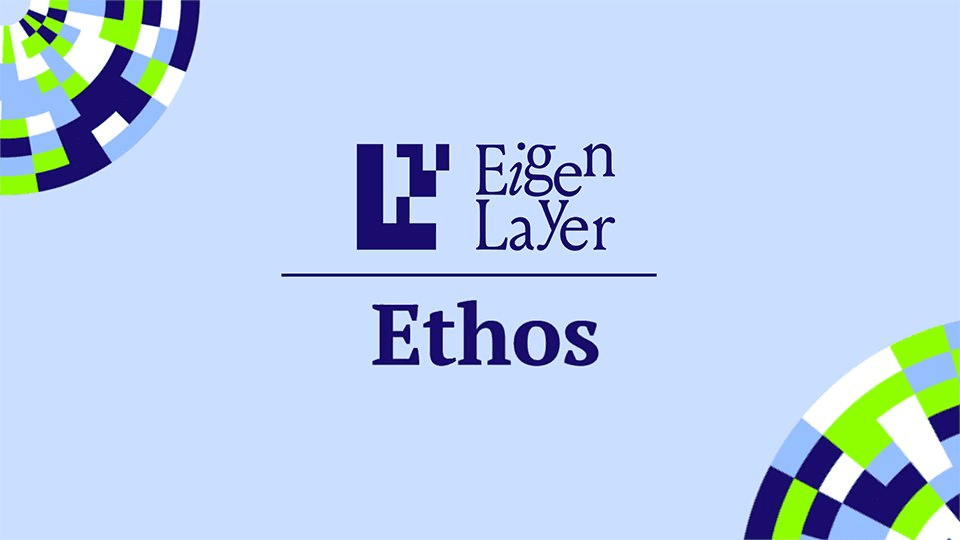
Oracle Vote Extensions Explained
Through the Cosmos SDK v0.50 implementation, the Ethos platform makes use of the ABCI++ (Cosmos’ Application Blockchain Interface) and vote extensions. More specifically, vote extensions force validators to come to consensus on various arbitrary data types prior to each block being produced. In this process, all validators are able to vote on the legitimacy of the data’s accuracy, whereby if a quorum (consensus) is reached, it is published to the start of the block.
On Ethos, vote extensions allow Guardians to come to consensus on stake updates that occur on the Ethos AVS, consequently bridging data from Ethereum to the Guardian chain. In the event Ethereum stakers delegate additional ETH to Ethos operators on EigenLayer, or when operators redistribute their delegated stake, these changes are reflected on the Guardian chain via vote extensions.
This is especially important because once stake updates are recorded on the Guardian chain, they are propagated across all sovereign chains (i.e. Cosmos chains) that are co-validated by Ethos Guardians, guaranteeing that security provided via the restaked ETH is correctly represented and updated across the entire network of Ethos-powered Layer 1’s.

Slashing, Operators, and The Cost of Corruption
Ethos is potentially susceptible to various slashing (penalization) mechanisms which impose a high Cost of Corruption (CoC). If an operator behaves dishonestly, they are susceptible to their stake being slashed by the EigenLayer protocol.
This also means that delegators using an operator accept the risk of their stake being slashed in the event the operator behaves maliciously. Should this occur, the delegator would lose their initially deposited stake altogether.
As a reminder from our first EigenLayer article, the Cost of Corruption equates to several factor-specific predetermined costs that the attacker must consider before conducting an attack. Essentially, in order to corrupt an AVS or dApp and take control of it (or take control of its assets), the attacker must have a certain amount of capital and fulfill numerous additional requirements in a hypothetical attack scenario.
Therefore, when the CoC is much higher than the Profit-from-Corruption (PfC), the platform is considered to be sufficiently secure. Consequently, this means if the potential challenges the attacker must undertake are much larger than the potential reward, it is not worth conducting the attack in the first place.
Opt-In Shared Security Mechanisms
On EigenLayer, all operators must opt-in to support specific AVSs like Ethos and others.
Through this opt-in shared security mechanism, there are two main ways that sovereign Cosmos chains can utilize the Guardian chain’s validator set via the security of restaked ETH. These include:
- Co-validation: Co-validation or “opt-in replicated security” is a mechanism that enables a Layer 1 to “replicate” the security of another chain. On Ethos specifically, this involves the Guardian chain and Guardians opting in to operate the nodes and software for various Cosmos chains hoping to bootstrap their independent blockchain, thus eliminating the need for that chain to create its own validator set. In exchange for this service, the Guardian chain receives native token emissions from the chain they support. The ability to opt-in to provide security in this context is important because it allows Guardians to behave in a similar manner to a free market by allowing them to choose which entities they support.
- Delegated Security: Delegated security, or mesh security, is a more generalized security type that allows Guardians and stakers (that delegate to a Guardian) to secure a sovereign Cosmos chain via the interoperability-focused IBC protocol. This works by giving Ethos Guardians the ability to opt-in to locking their tokens within a smart contract (i.e., the tokens are delegated to this chain) that subjects the tokens to slashing conditions based on the other chain’s protocol. Through this mechanism, the Guardian chain is able to supplement security guarantees for additional Cosmos L1s via its stake.
The Future of the Ethos AVS Middleware Protocol
As of March 2024, Ethos has formed partnerships with several liquidity rehypothecation protocols to allocate staked ETH to protect Cosmos chains. This has resulted in the protocol receiving 4.7 billion worth of commitments in just a few short months via the likes of Ether.fi, Puffer, Swell, Renzo, Kelp, and others.
With the help of EigenLayer, Ethos Stake represents an extremely innovative platform focused on improving cryptoeconomic security for additional blockchains, while simultaneously employing an incentivized staking structure.
Ethos fulfills a specific niche that is largely underserved by connecting the Ethereum and Cosmos archetypes to compliment one another to increase the security guarantees of independent Cosmos appchains.
Although EigenLayer is unproven in many respects, the Ethos-EigenLayer relationship is quite significant, mainly because EigenLayer has become such a highly-respected platform with billions of total value locked (TVL) in a very short period of time.
This alone will give the Ethos project dramatically increased exposure in the months and years ahead, further enhancing its ability to accrue value, build partnerships, and increase adoption. This fact and a host of additional reasons, bodes well for the long-term viability of the Ethos platform moving forward.
The information provided by DAIC, including but not limited to research, analysis, data, or other content, is offered solely for informational purposes and does not constitute investment advice, financial advice, trading advice, or any other type of advice. DAIC does not recommend the purchase, sale, or holding of any cryptocurrency or other investment.
